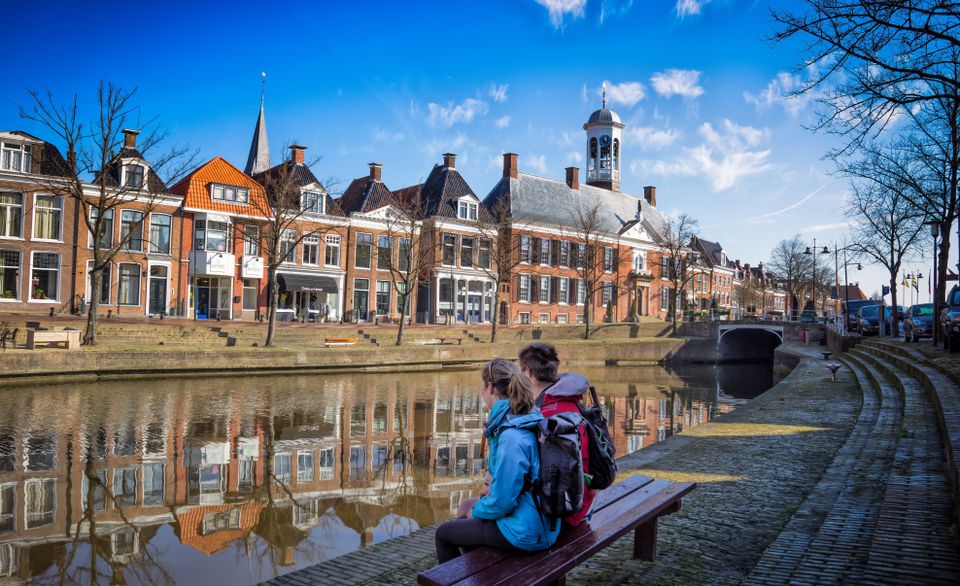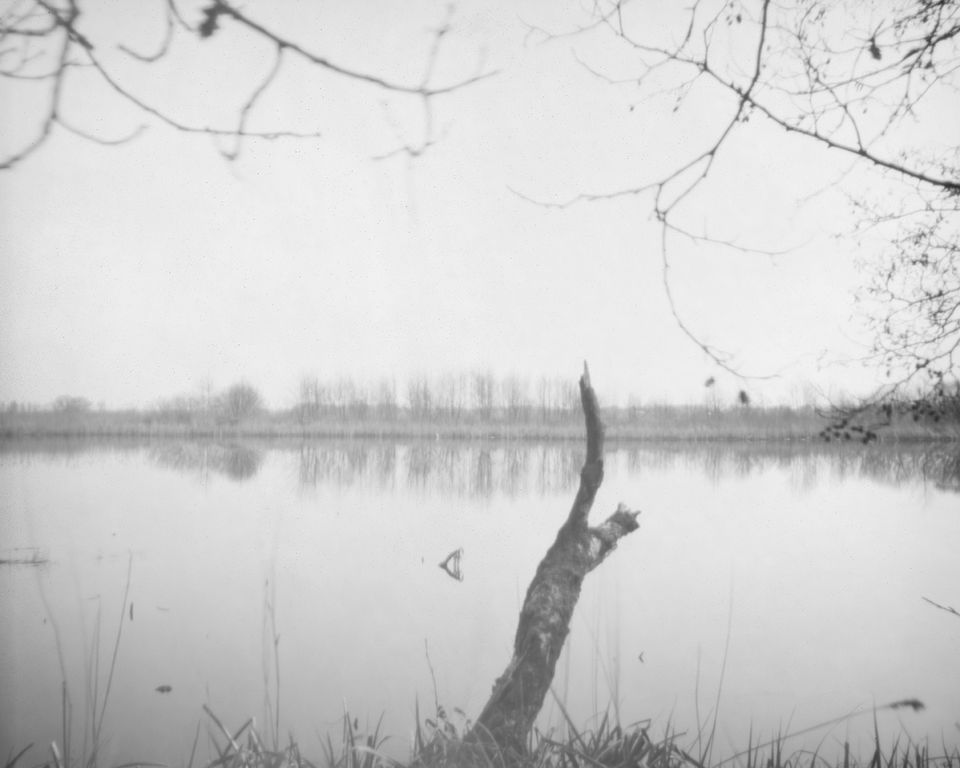Location
769 to 800 of 984 results
-
Gedicht: Dooide iispret | Hein Jaap Hilarides
-


Accept cookies to see this content.
Gedicht: Dooide iispret | Hein Jaap Hilarides
 Britsum
Britsum
-
-
Marboei MB12
Marboei MB12 Burgumer Mar
Burgumer Mar
-
Koffiebar Knus
Koffiebar Knus Dokkum
Dokkum
-
Keersluis en brug Munnekezijl
Keersluis en brug Munnekezijl Munnekezijl
Munnekezijl
-
Bed and Breakfast Het Werkmanshuisje
Bed and Breakfast Het Werkmanshuisje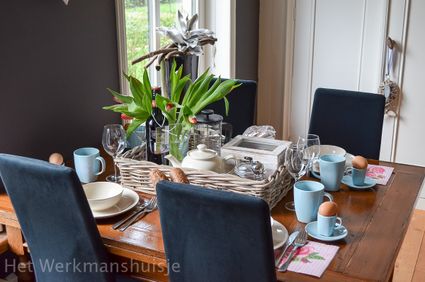 Burdaard
Burdaard
-
Natuurlijk Kollumeroord Groepsaccommodatie De Vlinderbalg
Natuurlijk Kollumeroord Groepsaccommodatie De Vlinderbalg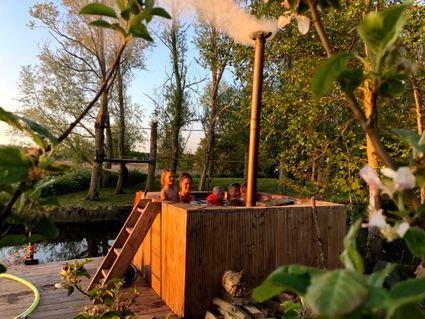 Kollumerpomp
Kollumerpomp
-
De Klinze Country House and Estate
De Klinze Country House and Estate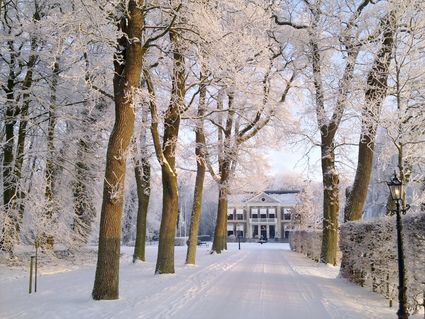 Aldtsjerk
Aldtsjerk
-
Vegotel
Vegotel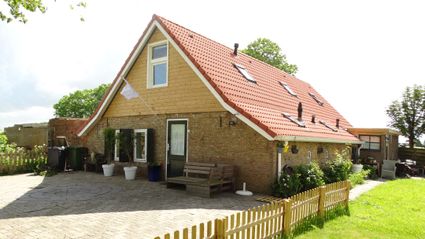 Blije
Blije
-
Old Town Hall in Dokkum
Old Town Hall in Dokkum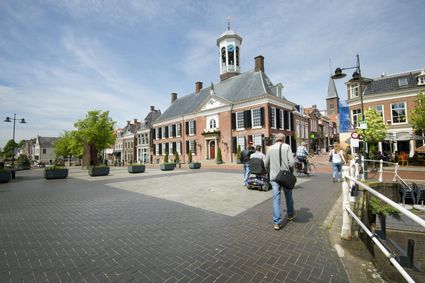 Dokkum
Dokkum
-
Streekwinkel Op 'e Stâl
Streekwinkel Op 'e Stâl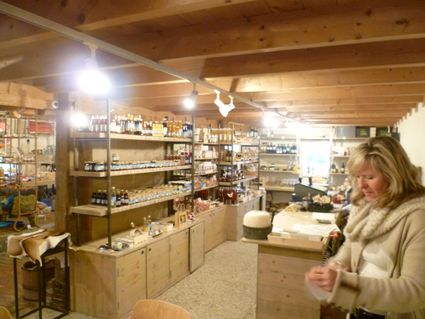 Buitenpost
Buitenpost
-
Kunstwerk Feanwâldsterwâl | Baukje Venema
Kunstwerk Feanwâldsterwâl | Baukje Venema
Een foto van Baukje Venema. Deze foto laat de ijsbaan van Feanwâldsterwâl zien en is uit een reeks van kunstwerken die bij de ijsbanen van de Iisbaankeunstrûte horen.
 Feanwâldsterwâl
Feanwâldsterwâl
-
-
Museum 't Wâldhúske
Museum 't Wâldhúske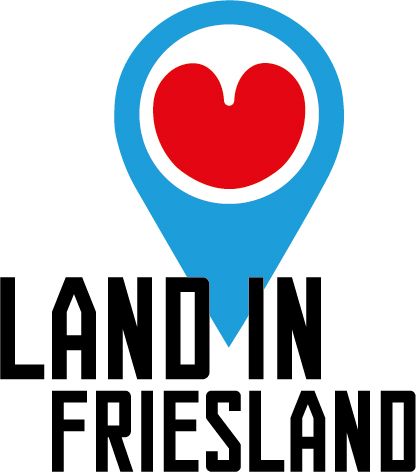 Houtigehage
Houtigehage
-
Mariakerk Oentsjerk
Mariakerk Oentsjerk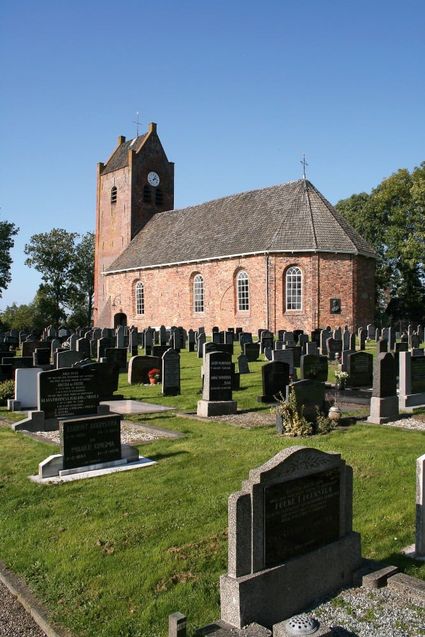 Oentsjerk
Oentsjerk
-
Museum 't Fiskershuske
Museum 't Fiskershuske Moddergat
Moddergat
-
Sint Genovevakerk Jelsum
Sint Genovevakerk Jelsum Jelsum
Jelsum
-
Burgumer Mar - Hoogzand - Atsmapolder - Uitkijkheuvel
Burgumer Mar - Hoogzand - Atsmapolder - Uitkijkheuvel Eastermar
Eastermar
-
B and Be Happy
B and Be Happy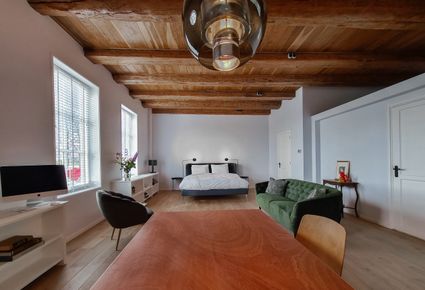 Lioessens
Lioessens
-
The liberation of Friesland 1
The liberation of Friesland 1
In early April, it became clear that the liberation of Friesland was imminent. Although the province had not suffered a real Hunger Winter like other parts of the Netherlands, there were severe shortages of just about everything. And the terror of the occupying forces was growing. This also led to increased resistance against the occupying forces. The battle between the two was tougher than ever in early 1945.
In Friesland, assault groups known as Knokploegen (KP) were responsible for most acts of resistance. But there were other groups too. On the orders of the Dutch government in London, all these groups were merged into the Dutch Domestic Armed Forces (NBS). In Friesland, this happened on 12 December 1944.
The NBS, popularly referred to as the BS, gave the armed resistance an organisation with a clear structure. The NBS was also supposed to play a role in the upcoming liberation. To this end, resistance groups were provided with weapons from autumn 1944. These were dropped from the air.
On 8 April, Radio Orange broadcast the message "The bottle is empty." This was the signal for the NBS to start carrying out sabotage operations 36 hours later. The aim was to make it as difficult as possible for the Germans to defend themselves against the approaching Allied forces.
The resistance did this by putting bridges and railways out of order, blocking waterways and blocking roads. The response of the occupying forces was ruthless. In retaliation, dozens more prisoners were shot at different times and places.Once the Canadians entered Friesland on 12 April, they were supported extremely effectively by the Frisian resistance. Because it was superbly organised, they were able to help the Canadians take control of important bridges, repair damaged bridges, and advise on the most favourable route.
By 18 April, the whole province was liberated except for the Wadden Islands (these were liberated in late May and in June). Compared to other provinces, there was little fighting in Friesland. Overall, the few thousand German troops who had been unable to flee Friesland were defeated by the Canadians relatively quickly.
The commander of the Royal Canadian Dragoons, Lieutenant Colonel Landell, praised the actions of the resistance by stating "Friesland liberated herself." While that may be a bit of an exaggeration, the actions of the Frisian resistance undoubtedly accelerated the liberation. And reduced the number of casualties on the Allied side.
In confrontations with German troops and their Dutch accomplices, at least 31 resistance fighters lost their lives. On the Allied side, at least eleven Canadians and one Frenchman were killed. The fighting and shelling also resulted in dozens of civilian casualties. The number of casualties on the German side is not known, but probably ran into the hundreds. With 320 houses destroyed and 4,000 damaged and 80 bridges destroyed, Friesland was materially the least damaged province in the Netherlands.
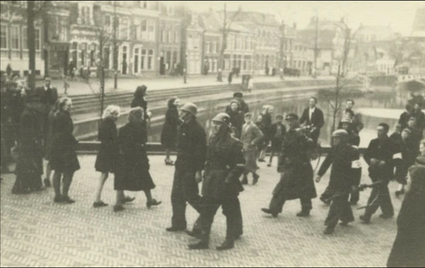 Willemsoord
Willemsoord
-
-
Alde Feanen - Otterproject - Observatietoren
Alde Feanen - Otterproject - Observatietoren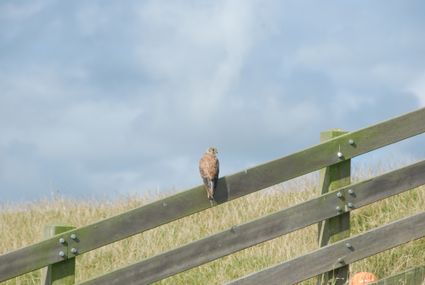 Warten
Warten
-
Hervormde Kerk Wierum
Hervormde Kerk Wierum Wierum
Wierum
-
Landal Esonstad
Landal Esonstad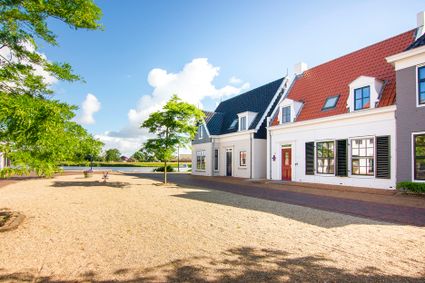 Anjum
Anjum
-
Eethuis de Waegh
Eethuis de Waegh Dokkum
Dokkum
-
Buwepleats - De Pronkkamer
Buwepleats - De Pronkkamer Drogeham
Drogeham
-
Waterspeeltuin Lauwersoog
Waterspeeltuin Lauwersoog Lauwersoog
Lauwersoog
-
Paard & Tuin Harstahof
Paard & Tuin Harstahof Ginnum
Ginnum
-
Gastenverblijf In De Wij
Gastenverblijf In De Wij Engwierum
Engwierum
-
Sathe 1772
Sathe 1772 Morra
Morra
-
Schapenhouderij Klaaske de Groot
Schapenhouderij Klaaske de Groot Ternaard
Ternaard
-
it Dreamlân holiday homes
it Dreamlân holiday homes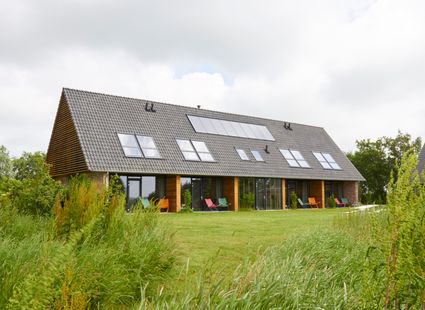 Kollumerpomp
Kollumerpomp
-
Kerk Westernijtsjerk
Kerk Westernijtsjerk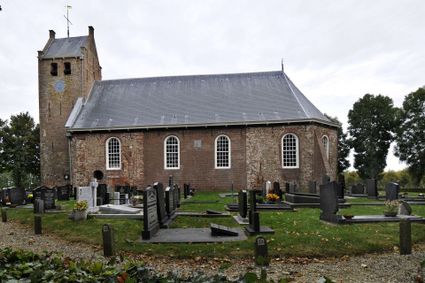 Marrum
Marrum
-
Zwemplaats Earnewâld
Zwemplaats Earnewâld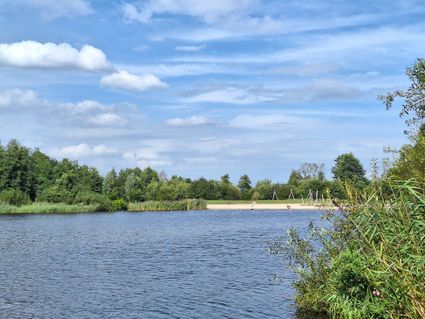 Earnewâld
Earnewâld
-
Liudgerkerk Oldehove
Liudgerkerk Oldehove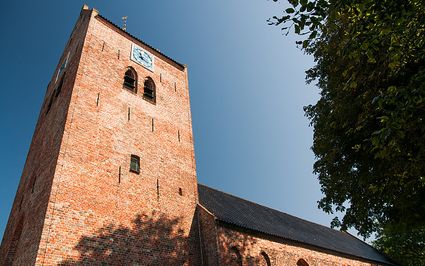 Oldehove
Oldehove
